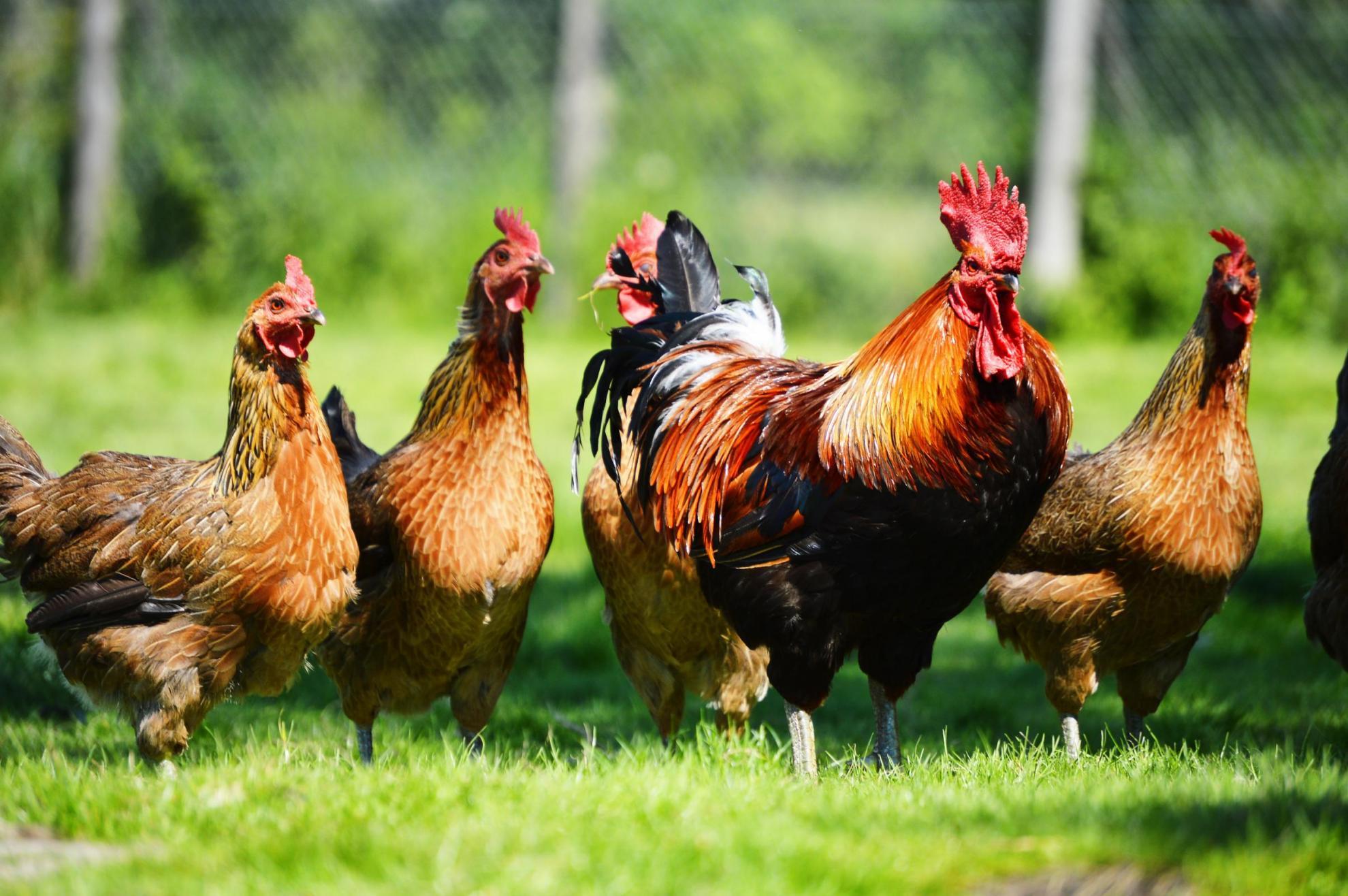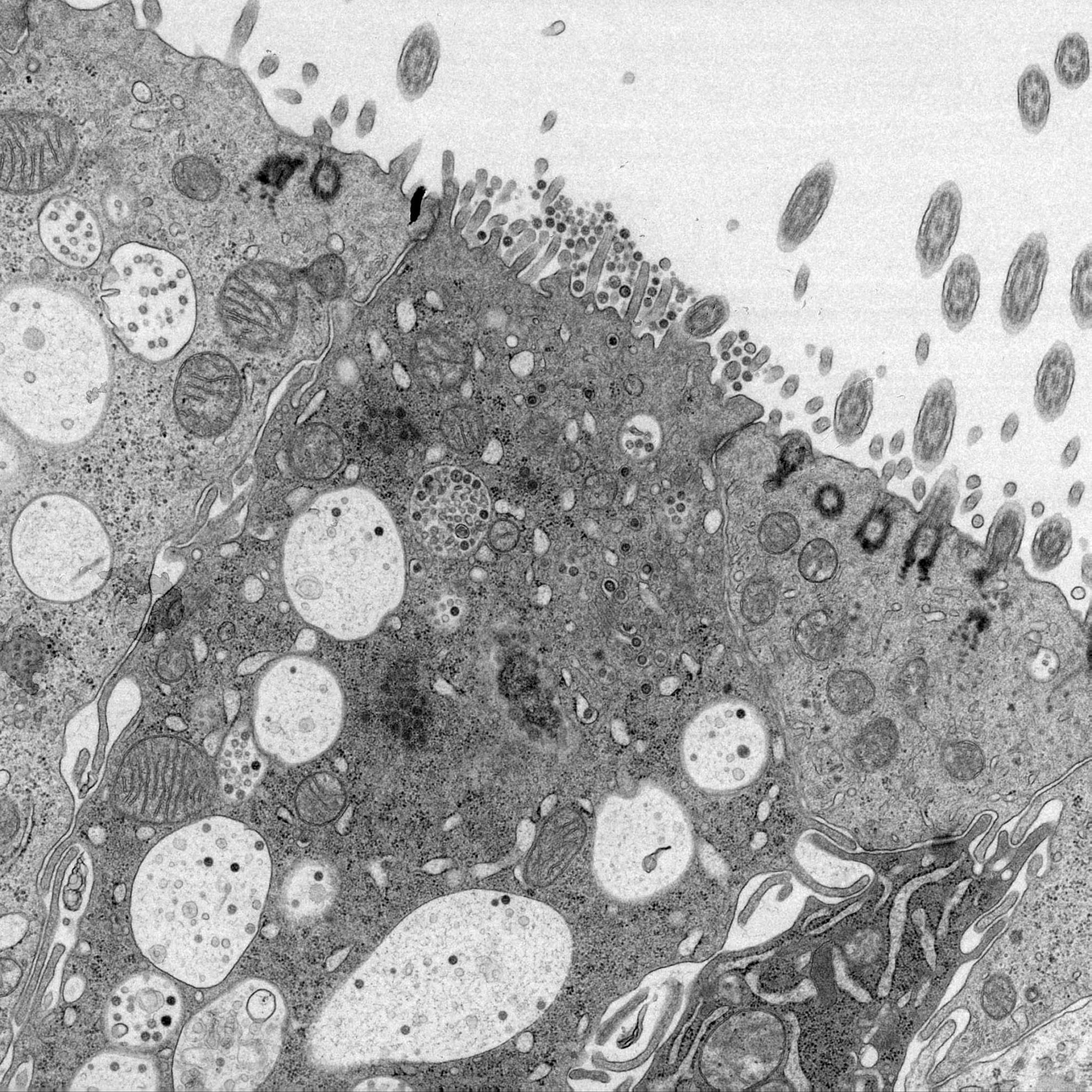Recombinant infectious bronchitis viruses expressing chimaeric spike glycoproteins induce partial protective immunity against homologous challenge despite limited replication in vivo
Vaccination regimes against infectious bronchitis virus, which are based on a single virus serotype, often induce insufficient levels of cross-protection against serotypes and two or more antigenically diverse vaccines are used in attempt to provide broader protection. Amino acid differences in the surface protein, spike (S), in particular the S1 subunit, are associated with poor cross-protection. Here, homologous vaccination trials with recombinant IBVs, based on the apathogenic strain, BeauR, were conducted to elucidate the role of S1 in protection. A single vaccination of SPF-chickens with rIBV expressing S1 of virulent strains M41 or QX, BeauR-M41(S1) and BeauR-QX(S1), gave incomplete protection against homologous challenge, based on ciliary activity and clinical signs. There could be conformational issues with the spike if heterologous S1 and S2 are linked, suggesting a homologous S2 might be essential. To address this, a homologous vaccination-challenge trial incorporating rIBVs expressing full spike from M41, BeauR-M41(S), and S2 subunit from M41, BeauR-M41(S2) was conducted. All chimaeric viruses grew to similar titres in vitro, induced virus-specific partial protective immunity, evident by cellular infiltrations, reductions in viral RNA load in the trachea and conjunctiva and higher serum anti-IBV titres. Collectively, these show that vaccination with rIBVs primed the birds for challenge but the viruses were cleared rapidly from the mucosal tissues in the head. Chimaeric S1 and S2 viruses did not protect as effectively as BeauR-M41(S) based on ciliary activity and clinical signs. Booster vaccinations and a rIBV with improved in vivo replication may improve the levels of protection. Infectious bronchitis virus causes an acute, highly contagious respiratory disease, responsible for significant economic losses to the poultry industry. Amino acid differences in the surface protein, spike (S), in particular the S1 subunit, have been associated with poor cross-protection. Available vaccines give poor cross-protection and rationally designed live attenuated vaccines, based on apathogenic BeauR, could address these. Here, to determine the role of S1 in protection, a series of homologous vaccination trials with rIBVs were conducted. Single vaccinations with chimaeric rIBVs induced virus-specific partial protective immunity, characterised by reduction in viral load and serum antibody titres. However, BeauR-M41(S) was the only vaccination to improve the level of protection against clinical signs and the loss of tracheal ciliary activity. Growth characteristics show all of the rIBVs replicated in vitro to similar levels. Booster vaccinations and a rIBV with improved in vivo replication may improve the levels of protection.

